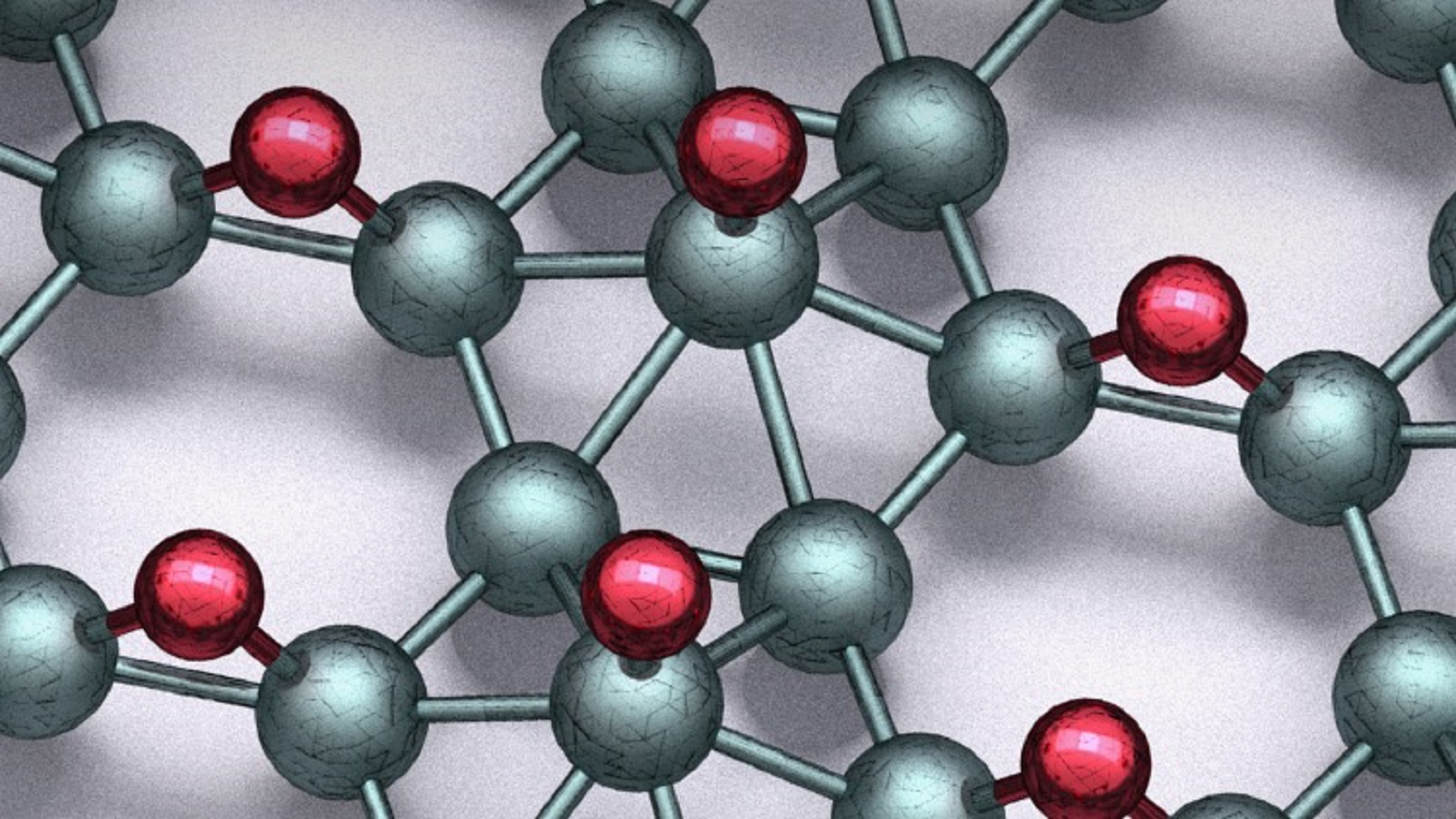Researchers at Tel Aviv University have developed the smallest technology in the world, only two atoms thick. According to the researchers, this new technology provides a way to store electronic information in one of the thinnest devices known to science in one of the most stable places. It is made by inert materials in nature. The electron tunnel in quantum mechanics through atomic-level thin layers can read information far beyond the limits of modern technology.
The research was conducted by scientists from the Raymond and Beverly Sackler School of Physics and Astronomy and the Raymond and Beverly Sackler School of Chemistry. The team includes Maayan Vinzer Stern, Yuval Waschitz, Dr. Wei Cao, Dr. Iftach Nevo, Professor Eran Sela, Professor Michael Urbakh, Professor Oded Hod and Dr. Moshe Ben Shalom.This work was published in the Science journal.
Modern heart devices consist of tiny crystals containing only about one million atoms (about one hundred atoms in height, width, and thickness), allowing one million of these devices to be compressed in the area of a coin, each device changing at a rate of approximately one million times per second.
Due to technological advances, researchers were able to reduce the thickness of a crystal component to two atoms for the first time. Dr. Shalom emphasized that this fine structure enables storage based on electronic quantum capabilities to quickly and effectively jump over barriers that are only a few atoms thick, thereby greatly improving electronic devices in terms of speed, density, and power consumption.
In the research, the scientists used a two-dimensional material: boron and nitrogen atoms that are thick and arranged in a repeating hexagonal structure. In their experiments, they managed to break the symmetry of this crystal by artificially connecting two of these layers together. In its natural 3D state, this material consists of a large number of layers superimposed on each other, each layer rotated 180 degrees relative to its adjacent layer (arranged in anti-parallel).
Stern concludes: “They are happy to discover what happens in other states that we impose on nature, and predict that other structures may incorporate additional degrees of freedom. We hope that miniaturization and displacement will improve modern electronic equipment, and other primitive information management methods will be implemented in future devices. We hope that in addition to computing devices, this technology can also contribute to detectors, energy storage and conversion, and interaction with light to discover more new Crystal of smooth degrees of freedom.”
Read More: A simulation of an asteroid headed for earth by NASA brings some bad news for us

